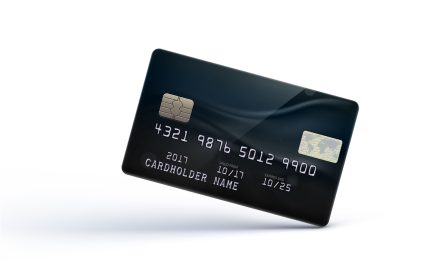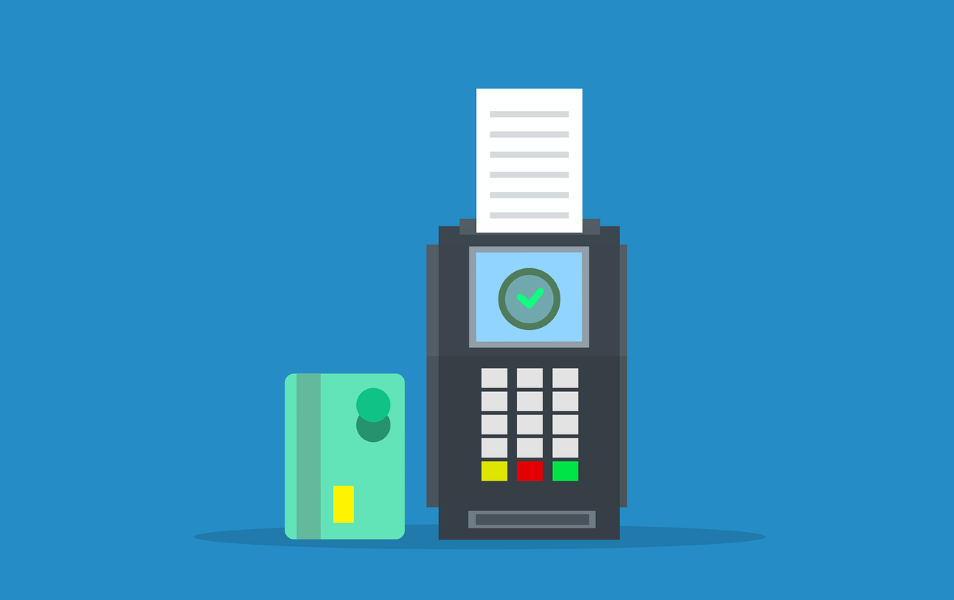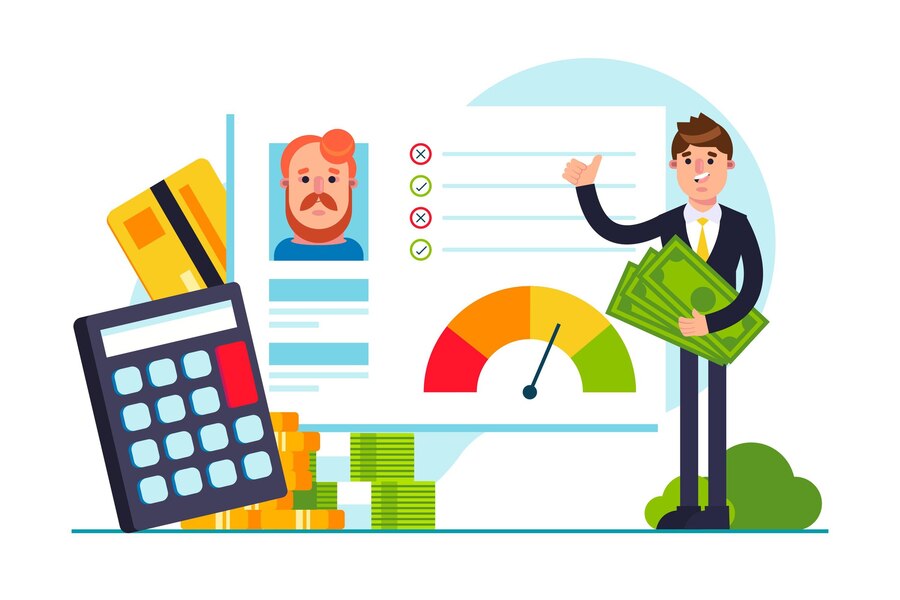Credit card statements are essential documents that help you understand and manage your finances. By carefully reviewing your credit card statement each month, you can keep track of your spending, identify errors, and avoid potential fraud. This guide will walk you through how to read your credit card statement, understand its components, and highlight the important things to keep in check.
What to Check in Your Credit Card Statement?
1. Verify All Transactions
Carefully review each transaction listed to ensure they are accurate and authorised. Look for any unfamiliar or fraudulent charges and report them immediately to your credit card issuer.
2. Check for Errors
Mistakes can happen. Verify that the amounts charged are correct, especially for recurring payments and high-value purchases. Dispute any discrepancies as soon as possible.
3. Analyse Your Spending
Categorise your transactions to understand where your money is going. This can help you identify spending patterns and areas where you can cut back.
4. Examine Fees and Charges
Look for any fees, such as late payment fees, over-limit fees, or cash advance fees. Understanding these charges can help you avoid them in the future.
5. Review Your Rewards
Check your rewards summary to ensure you received the correct amount of points or cashback. If there are discrepancies, contact your credit card provider. The Airtel Axis Bank Credit Card provides cashback offers and rewards every time you make a transaction, which will eventually help you save money even when you spend it!
6. Monitor Your Balance
Keep an eye on your current balance to ensure it aligns with your budget. Staying within your credit limit helps maintain a healthy credit score and prevents additional fees.
7. Understand the Interest Charges
Review the interest charge calculation section to see how much interest you’re paying. If you’re carrying a balance, consider paying more than the minimum payment to reduce your interest costs.
Also Read: How Many Credit Cards Should You Have?
How to Read a Credit Card Statement?
A credit card statement can seem overwhelming at first glance, but once you understand its structure, it becomes much easier to read. Here’s a breakdown of the common sections you’ll find in a credit card statement:
1. Account Summary
This section provides an overview of your account, including your previous balance, payments made, credits received, new charges, fees, interest, and the new balance.
2. Payment Information
Here, you’ll find the minimum payment due, the due date, and any late payment warnings. This section is crucial for maintaining a good credit score and avoiding late fees.
3. Transaction Details
This lists all the transactions made during the billing cycle, including purchases, payments, refunds, and any fees or interest charges. Each entry typically includes the date, description, and amount.
4. Interest Charge Calculation
This part explains how the interest was calculated for each type of transaction, such as purchases, cash advances, and balance transfers.
5. Rewards Summary
If your credit card offers rewards, this section shows the points or cashback earned during the billing period and your total rewards balance.
Reviewing your credit card statement each month is a crucial step in managing your finances effectively. By understanding how to read your statement and knowing what to check, you can stay on top of your spending, avoid errors, and prevent fraud.
For those looking for a reliable and rewarding credit card, the Airtel Axis Bank Credit Card available on the Airtel Thanks App is an excellent choice. This card offers a host of benefits, including discounts on Airtel services, cashback on various purchases, and easy access to your credit card statement through the app. Keeping track of your transactions and managing your finances has never been easier with the Airtel Thanks App.
Also Read: Future of Credit Cards – Are Virtual Cards the Future?
Frequently Asked Questions
- Why is it important to check my credit card statement regularly?
Regularly checking your credit card statement helps you monitor your spending, detect any fraudulent transactions, and ensure all charges are accurate. This practice can also help you manage your budget more effectively.
- What should I do if I find an error on my credit card statement?
If you find an error, contact your credit card issuer immediately to dispute the charge. Provide any necessary documentation to support your claim and ensure the error is corrected promptly.
- How can I avoid interest charges on my credit card?
To avoid interest charges, pay off your balance in full each month by the due date. If you cannot pay the full balance, try to pay more than the minimum payment to reduce the amount of interest you’ll accrue.
- What are some common fees to look for on my credit card statement?
Common fees to look for include late payment fees, over-limit fees, cash advance fees, and foreign transaction fees. Understanding these fees can help you avoid them and save money.
Also Read: How Credit Card Validators Help You Prevent Financial Fraud?


 Get App
Get App  Airtel Store
Airtel Store  Login
Login 



